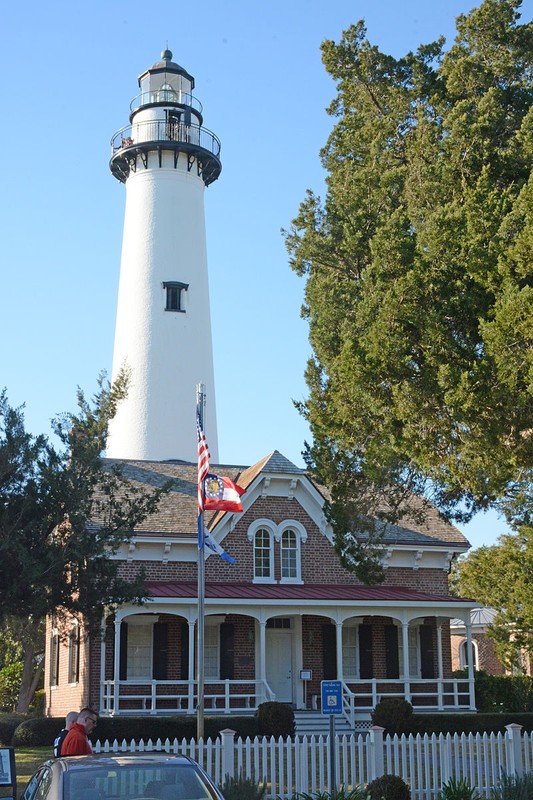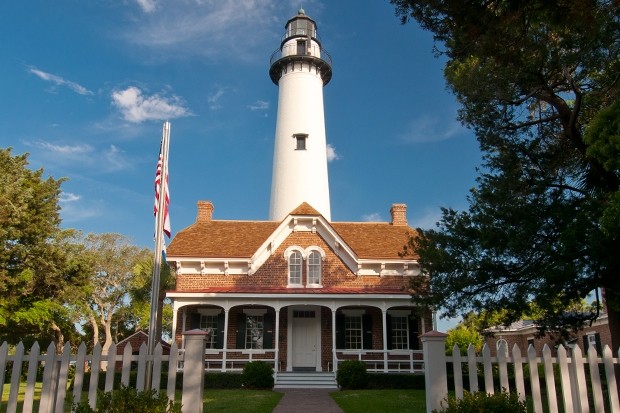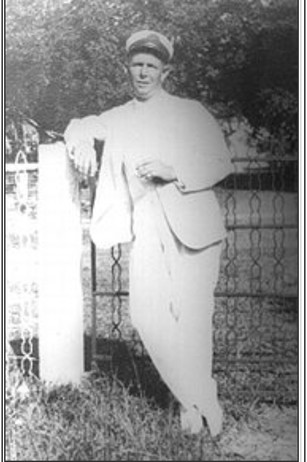St. Simons Island Light Station
Introduction
Text-to-speech Audio
Images
The St. Simons Island Lighthouse



Backstory and Context
Text-to-speech Audio
On October 17, 1804, John Couper, a plantation owner on St. Simons Island, Georgia, gave four acres of his land, known as "Couper's Point”, to the Federal government for the construction of a lighthouse. James Gould of Massachusetts was hired in 1807 by the Treasury Department to build the lighthouse and a one-story frame residence. Originally the lighthouse was supposed to be build of hard brick but for economical reason most of the material used in the construction was "tabby," a mixture of oyster shell, lime, sand, and water. The lighthouse with keeper’s quarters was completed in 1810. The same year James Gould held this position as keeper with an annual salary of $400 until his 1837 retirement. In 1861 the facility was destroyed by the Confederates so the Federal forces could not use it as a navigational aid during the Civil War. Plans for the current lighthouse and keeper’s house were "drawn under the direction of Bvt. Brig. Genl. O.M. Poe," in 1867. The construction contract dated November 20, 1868, was given to C.B. Cluskey who designed and constructed many notable buildings in Georgia. Construction of the keeper’s house was begun approximately 25 yards north of the site of the original lighthouse. Due to Cluskey's death during construction, the lighthouse and keeper’s house were not completed until 1872 when the lighthouse was outfitted with a Third Order Fresnel lens.
Reportedly, the only brick dwelling in Glynn County, Georgia prior to 1880, the keeper’s house is a unique example of romantic eclecticism in the southeast and a departure from the Classical Revival, for which Cluskey is known. The lighthouse stands immediately behind (to the west) of the lighthouse keeper’s house. The 104-foot tapering brick tower has several small windows with metal hood moldings which admit light and air into its interior; the interior features a cast-iron spiral staircase. The lighthouse is surmounted by a metal-framed, glass-enclosed light room. In 1934 the light was converted to electricity. In 1954 the facility became fully automated.
Automation of the lighthouse made it unnecessary to retain a keeper and the dwelling instead housed an exploratory fishing and gear research station. On August 25, 1971, the keeper’s house was conveyed to the Glynn County Board of Commissioners through the Historic Surplus Property Program. The county then entered into a license agreement with the Coastal Georgia Historical Society who spent three years restoring the keeper’s house, which was listed in the National Register of Historic Places in 1972. The nomination was revised in 1988 to include the lighthouse, an 1889-92 oil house, and site of the 1810 lighthouse. In 2004 the lighthouse was also deemed surplus by the Coast Guard, and ownership was transferred to the Coastal Georgia Historical Society under the National Historic Lighthouse Preservation Act. Today the lighthouse and the keeper’s house, which hosts a coastal area history museum, are popular reminders of St. Simons maritime history and are favorite attractions of the many visitors to Georgia's coast.
